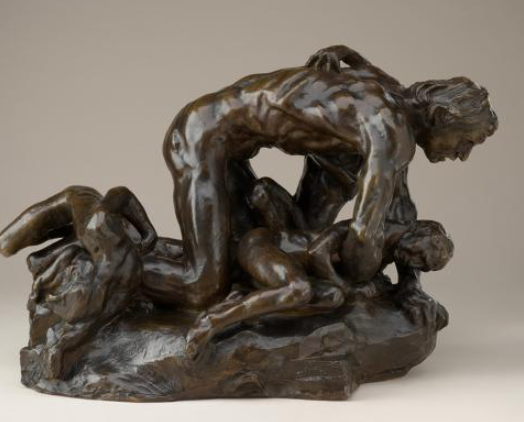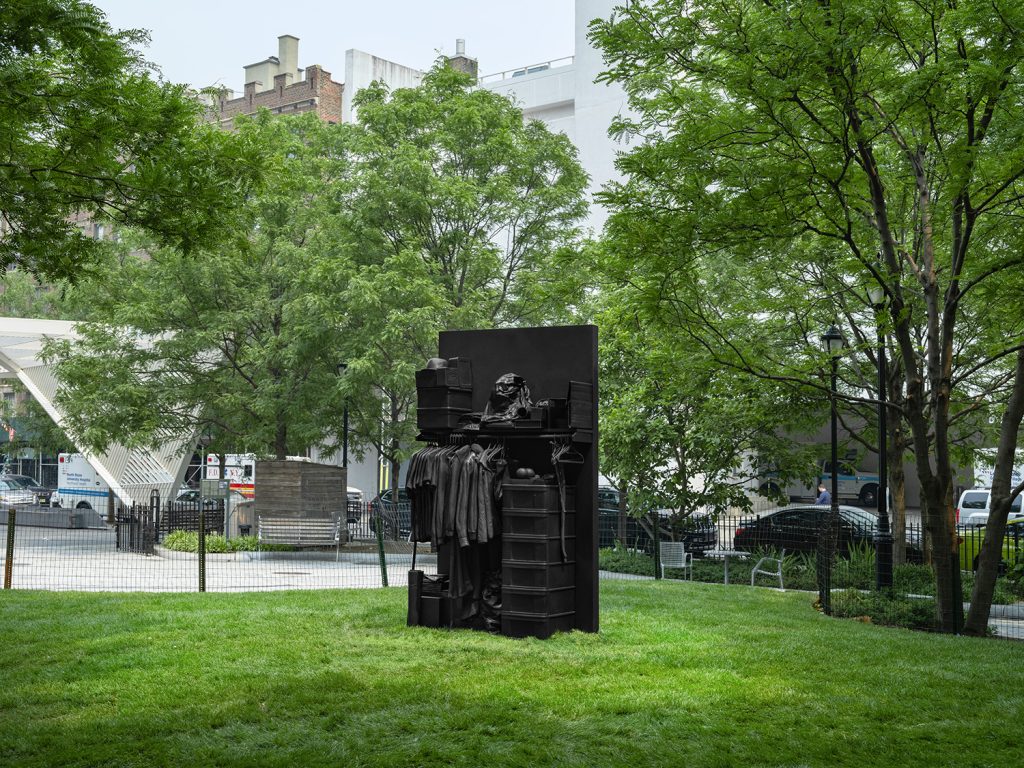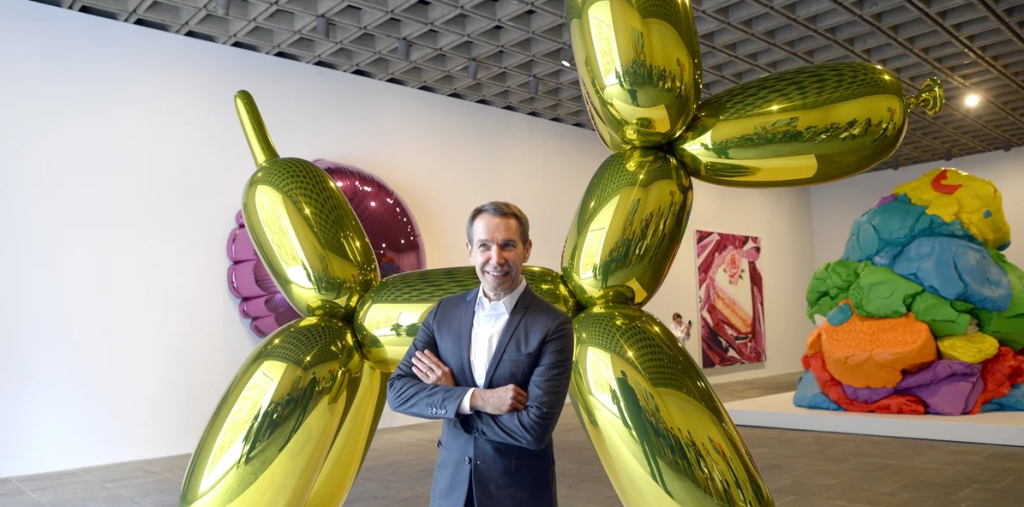Exploring the Legacy of Ugolino Rodin: A Master of Emotion in Sculpture
Ugolino Rodin is among the most celebrated sculptors in the history of art, known for his ability to convey profound emotion through stone and bronze. His works resonate with audiences even today, showcasing a unique blend of realism and expressionism that invites deeper contemplation. This article delves into Rodin’s impact on sculpture and the lasting legacy he has created.
The Birth of a Sculptor
Born in 1840 in Paris, Auguste Rodin faced numerous challenges before achieving greatness. Initially, his artistic journey was marked by rejection from the prestigious École des Beaux-Arts, which did not deter his passion for art. Instead, he sought mentorship and traveled extensively to study the works of previous masters. This exploratory phase laid the groundwork for his distinctive style, developing a keen sense of human emotion that set him apart from his contemporaries. His early works, such as “The Gates of Hell,” reflect an intricate understanding of the human condition, drawing heavily from literary sources like Dante Alighieri’s “Inferno.”
Emotion in Sculpture
One of Rodin’s remarkable achievements is his ability to capture intense emotional experiences in stone. His sculptures often convey deep feelings such as love, despair, and struggle, inviting viewers to engage with the work on a personal level. A prime example is “The Thinker,” a powerful representation of contemplation and existential inquiry. This piece and others like “The Kiss” demonstrate how Rodin transcended traditional forms by infusing his sculptures with a dynamic quality that radiates human experience. Rodin believed that his art should evoke a visceral response, and it is this focus on emotion that has made his work timeless.
Influence on Modern Sculpture
Rodin’s influence extends far beyond his lifetime, shaping the course of modern sculpture. He challenged the conventions of his time, paving the way for future artists like Henry Moore and Alberto Giacometti, who drew inspiration from his exploration of form and emotion. Rodin’s techniques, such as using textured surfaces to enhance emotional impact, have also influenced numerous artistic movements, from Symbolism to Surrealism. His dedication to portraying the human experience provided a new lens through which artists could express their individuality and explore complex themes.
In conclusion, Ugolino Rodin’s legacy is one of emotional resonance and innovative artistry. His capacity to encapsulate the human experience in his work continues to inspire and challenge artists today. To delve deeper into the captivating world of Rodin, consider visiting a museum showcasing his works or exploring online exhibitions. Engaging with his sculptures can provide a profound appreciation for the emotions and stories they convey.


